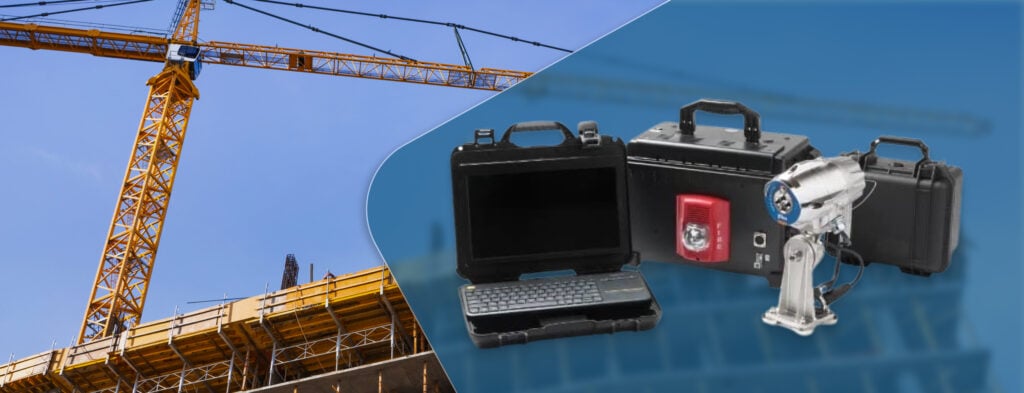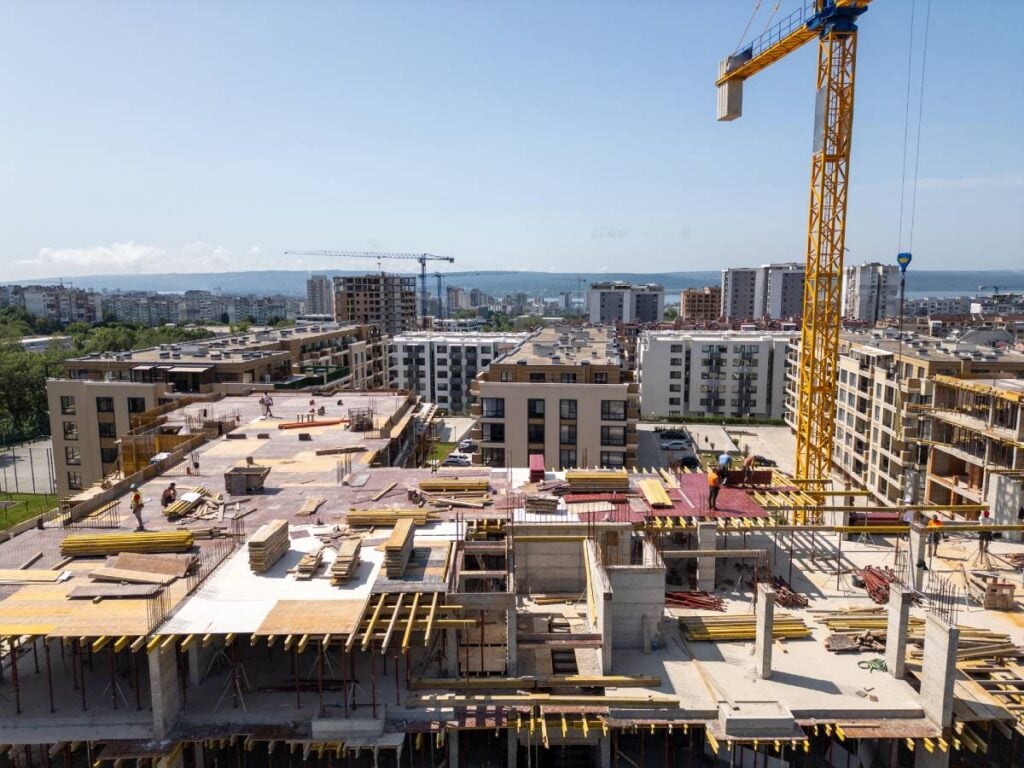
In today’s construction environment, fire risk doesn’t wait until a building is complete and neither should fire protection. With the rise of stricter code enforcement and heightened safety awareness across jurisdictions, Temporary Fire Alarm Systems (TFAS) are no longer optional on many job sites. In fact, as code evolves and updates, these systems are quickly becoming a mandatory part of any new construction or major renovation project. Thus, understanding this shift begins with a critical look at NFPA 241: Standard for Safeguarding Construction, Alteration, and Demolition Operations—a document that is being more widely adopted and enforced than ever before.
NFPA 241 is the go-to standard for preventing fires during construction and demolition. While it’s been around for decades, adoption and enforcement have historically been inconsistent. Today, that’s changing.
Municipalities, fire marshals, and AHJs across the country are now recognizing the unacceptable risks of unprotected construction sites and are beginning to enforce NFPA 241’s fire watch and alarm provisions more strictly, especially in dense urban areas and large-scale residential or commercial projects.
The requirements outlined by NFPA 241 include:
These protections are designed to detect a fire early enough to give first responders a chance to contain it before the entire structure or worse, adjacent buildings, are lost.
Temporary fire alarm systems are more than just a placeholder. As fire protection engineer Wayne D. Moore highlights in his article for Electrical Contractor Magazine, NFPA 241 has been interpreted for years as a call for “fire watch” only, essentially hiring someone to walk the site. However, as the number of new construction site fires increase, we must rethink our standards for fire protection.
Modern enforcement of NFPA 241 now expects the use of actual detection systems, and not just any systems. There is a growing demand for temporary fire alarm systems that mirror permanent solutions in effectiveness and reliability, even if they’re only in place for weeks or months.
This includes:
And most critically, systems that don’t require invasive installation or rework during the later phases of construction.

In the next 12 to 24 months, we anticipate an industry-wide pivot toward more formalized, standardized requirements for Temporary Fire Alarm Systems. Fire officials and code writers have recognized the real-life fire losses that could have been prevented by temporary systems.
States like New York, Massachusetts, and California are already leading the way in local enforcement. Cities like Boston and San Francisco are insisting on full temporary detection and notification coverage before major construction phases begin. Furthermore, with the continued rise in mass timber construction, high-rise builds, and modular development, fire risk is only increasing along with demand for systems that can evolve with the site over time.
No one else can do what we do. Period. FireAlarm.com is the only company offering a fully engineered and scalable Temporary Fire Alarm System that meets and exceeds the intent of NFPA 241.
Our solution is built from the ground up using:
And more importantly: we train you. We offer specialized programs to train and certify distributors, contractors, and system designers in how to design, layout, install, and manage these temporary systems in accordance with evolving fire codes and jurisdictional requirements. This isn’t just another box of smoke detectors. It’s a complete fire protection platform tailored to construction sites and no one else has it.
The future of Temporary Fire Alarm Systems is here and we need to adapt. As code enforcement tightens and new builds become more complex, temporary protection will be a necessity, not a bonus.
We’ll be sharing more in the coming weeks about our exclusive solution, including training opportunities, case studies, and a behind-the-scenes look at what makes our system different. In the meantime, if you’re bidding a large project, breaking ground on a development, or trying to stay ahead of code enforcement, now is the time to talk to us. Check out our Temporary Fire Alarm Systems Service, and get the conversation started on how we can protect your jobsite with flexible, scalable solutions.
$81.99